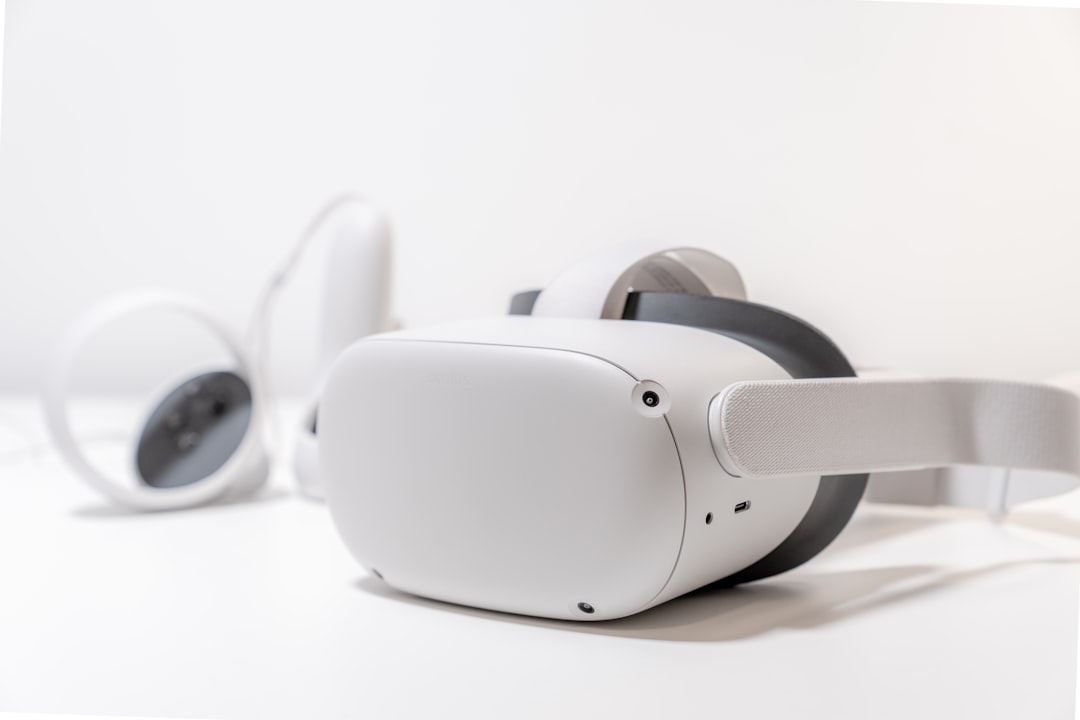Revolutionizing the dental patient experience, this article explores the benefits of virtual reality in dentistry, including enhancing patient education, reducing anxiety, and improving patient compliance with treatment plans.

Virtual Reality Revolutionizing Dental Patient Experience
Virtual reality (VR) has been steadily making its way into various sectors, including dentistry. This technology is changing the way dental procedures are performed, enhancing patient education and experience, and improving operational efficiency in dental practices.
Cary Ganz Consulting, a resource for dentists looking to optimize their practices, aligns with these advancements in VR technology. They understand the importance of staying abreast of industry trends and offer guidance on AI technologies and pain management innovations, among other areas.
 Benefits of Virtual Reality in Dental Procedures
Benefits of Virtual Reality in Dental Procedures
The applications of VR in dentistry are numerous and impactful. One of the primary benefits is enhancing patient education. VR provides a platform for more meaningful information exchange, helping patients understand their dental conditions and treatments more effectively. For instance, a VR simulation can visually demonstrate how a cavity forms or how a root canal procedure is performed, enabling patients to better grasp these concepts compared to traditional explanations.
In addition, VR technology can also be used to diagnose equipment repairs remotely, improving operational efficiency in dental practices. This means, for example, if a dental chair malfunctions, a technician can be virtually guided through the repair process without physically being present, saving time and money.
 Enhancing Patient Experience through Virtual Reality
Enhancing Patient Experience through Virtual Reality
VR is not just a tool for dentists; it is a means of enhancing the patient experience. It can simulate ideal office designs and demystify dental procedures, helping patients understand their treatments better and reducing anxiety.
Moreover, VR in dentistry has been found to be a crucial factor for patient retention and acquisition. Its ability to enhance patient education builds trust and confidence between dentists and patients, leading to better patient satisfaction and loyalty.
Reducing Anxiety with Virtual Reality
A significant portion of the population experiences dental anxiety or phobia, which can lead to avoidance of dental appointments. However, VR technology, particularly Virtual Reality Exposure Therapy (VRET), has been shown to significantly reduce anxiety scores in patients with dental phobia.
OperaVR, developed by Bryan Laskin, provides a drug-free sedation experience that takes patients to different calming environments, reducing the need for nitrous oxide and increasing procedural efficiency. This aligns with Cary Ganz Consulting’s focus on pain management innovations in dentistry.
The Future of Virtual Reality in Dentistry
The future of VR in dentistry looks promising. Augmented and virtual reality is expected to grow significantly, transforming dental practices and improving patient experience and engagement. Cary Ganz Consulting, with its commitment to guiding dentists on industry trends, is a valuable resource for navigating this future.
Conclusion
Virtual reality has the potential to transform the dental patient experience, reduce anxiety, and improve patient compliance with treatment plans. Dentists are encouraged to explore VR technology to enhance their practice and improve patient outcomes. For guidance on adopting VR technology in dental practice and navigating other industry trends, readers are invited to explore Cary Ganz Consulting’s services.
